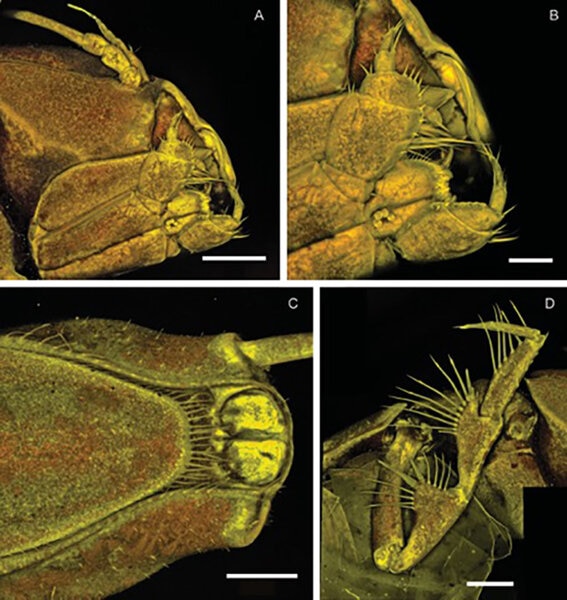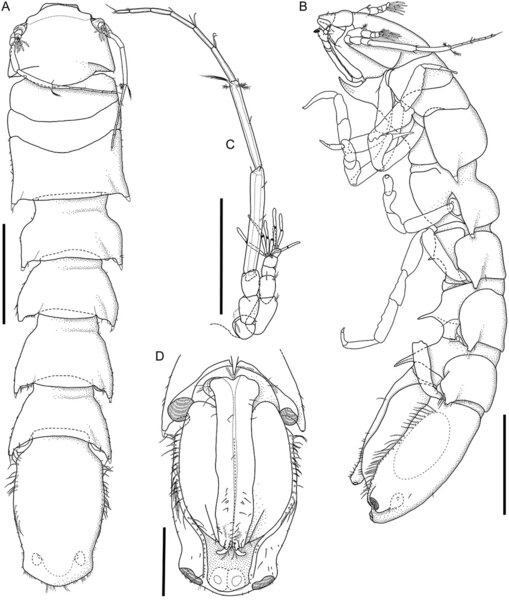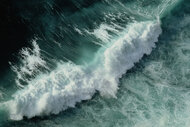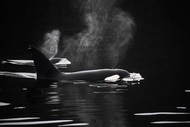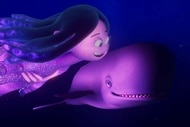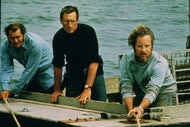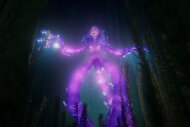Create a free profile to get unlimited access to exclusive videos, sweepstakes, and more!
Rock lobster? No, it's a new deap-sea, worm-like crustacean named after Metallica

Perhaps having been inspired by the silica particles that inspired "Enter Sandman," a team of European scientists have named their new discovery — a deep-sea crustucean — after metal forefathers and Rock and Roll Hall of Famers Metallica.
Though perhaps a rock lobster would have been more suitably named as such, deep-sea scientist Dr. Torben Riehl of the Senckenberg natural history museum in Frankfurt, Germany, and Dr. Bart De Smet of Ghent University in Belgium decided to bestow upon the metal-inhabiting wormlike species the totally fitting moniker of “Macrostylis metallicola.”
“The powerful music of Metallica has accompanied me the majority of my life. Songs such as ‘Master of Puppets’ and ‘One’ are outstanding masterpieces in rock history and I am thrilled to be able to give something back to the band by naming a new species after them!” said Dr. Riehl, via a press release (these press savvy scientists were apparently ready for this media blitz).
Metallica has been known to lean into the dark side of things since they first started shredding back in 1981, but the Macrostylis metallicola is plenty used to staring (alas, without the benefit of having eyes) into the abyss of complete darkness. In fact, these little guys — they only measure up to 6.5 mm long — live there, while inhabiting the Clarion Clipperton Zone, in the expanse of deep sea roughly between Hawaii and Mexico, well adapted to depths between 4,132 meters (13,556.43 feet) and 5,055 meters (16584.65 feet). That's over 400 times the pressure of our own atmosphere, but who knows, perhaps such pressure is good for head-banging.
Not only is the environment completely dark, but it's also full of actual metal. According to the release, the colorless crustacean's "environment consists of manganese nodules – concretions of metallic elements several millions of years old that can range in size from very small to approximately the size of an orange. These contain valuable compounds, such as cobalt, copper, manganese, nickel and rare-earth elements."
"So it basically lives in a rock stadium?" asks Metallica's Instagram. "Now that’s one metal crustacean!"
Because this neck of the deep seafloor is so full of resources, the scientists wanted to get in and literally test the waters before it's mined for minerals for raw materials. Establishing baseline environmental conditions could help lay a foundation for responsible, biodiversity saving management plans and biodiversity mitigation strategies to ensure biodiversity. Aka... justice for all.
